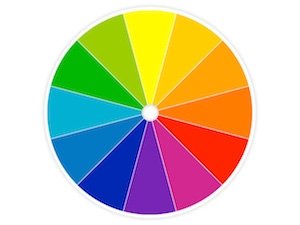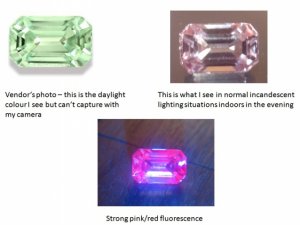- Joined
- Sep 20, 2008
- Messages
- 25,222
I think this is a color shifting chrysoberyl, but AIGS said it was an alex. No offense to Jeff, as he's only putting out a lab report that has this information. I think these brown to yellow stones are chrysoberyls, and should not be alexandrite.
If it were a chrysoberyl, it would be worth far far less money as brownish chrysoberyl is far from the trade ideal for that stone.
http://www.ebay.com/itm/AIGS-CERTIFIED-7-1MM-COLOR-CHANGE-ALEXANDRITE-CEYLON-1-43CT-WATCH-VIDEO-/370667749021?pt=LH_DefaultDomain_0&hash=item564d84fe9d
Anyone want to comment on it?
If it were a chrysoberyl, it would be worth far far less money as brownish chrysoberyl is far from the trade ideal for that stone.
http://www.ebay.com/itm/AIGS-CERTIFIED-7-1MM-COLOR-CHANGE-ALEXANDRITE-CEYLON-1-43CT-WATCH-VIDEO-/370667749021?pt=LH_DefaultDomain_0&hash=item564d84fe9d
Anyone want to comment on it?






300x240.png)